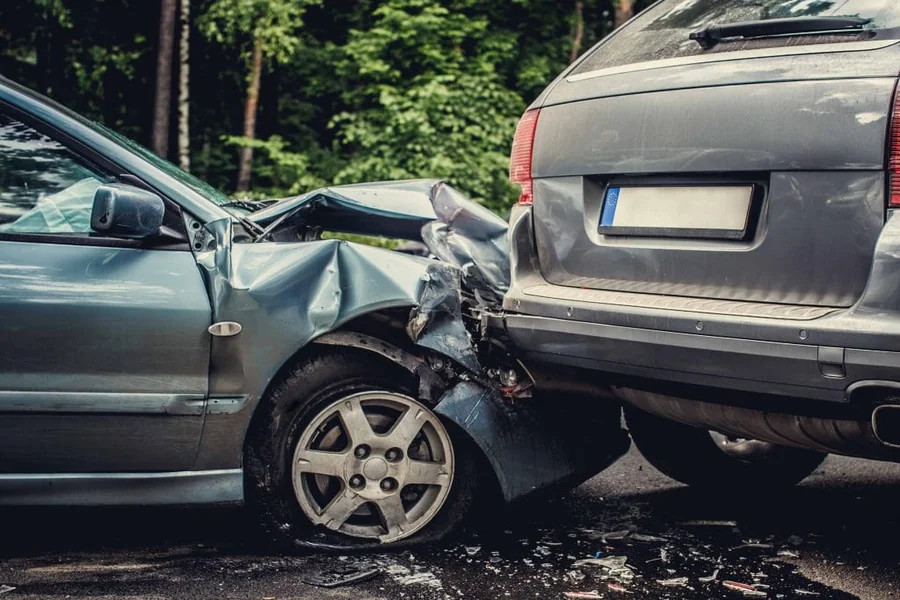Fort Lauderdale’s busy intersections present significant safety challenges, with the Florida Department of Highway Safety and Motor Vehicles reporting hundreds of intersection-related accidents annually in Broward County. Major intersections along Federal Highway (US-1), Las Olas Boulevard, and Sunrise Boulevard see particularly high accident rates due to heavy traffic volumes, tourist unfamiliarity with local roadways, and the complex mix of vehicles, cyclists, and pedestrians navigating these areas. The city’s rapid growth and increasing population density have made intersection safety a critical concern for local authorities and residents alike.
Intersections are among the most complex areas in the urban landscape where vehicles, cyclists, and pedestrians converge. While city streets keep traffic moving efficiently, these same locations often become sites of accidents and subsequent legal complications. If you’ve been involved in an intersection accident, consulting with an experienced car accident lawyer in Fort Lauderdale can help determine liability and protect your rights. Understanding the dynamics of these crashes helps clarify the true causes and establishes accountability, providing crucial information for both public safety improvements and fair resolution of legal responsibilities.
Factors Contributing to Intersection Crashes
Intersections are high-risk locations where multiple factors contribute to collisions. Signal timing, traffic volume, and road design all play significant roles. Heavy traffic density can easily lead to accidents when drivers become impatient or aggressive. Improperly timed signals confuse both drivers and pedestrians, resulting in dangerous situations. Poor road design features such as unmarked lanes or obstructed sight lines make conditions even worse.
Types of Intersection Crashes
Intersection crashes vary based on how they occur. Rear-end collisions are among the most common types, typically happening when a car stops or slows suddenly, when someone misjudges their following distance, or due to distracted driving. When vehicles collide at high speeds, the damage and injuries can be extensive.
T-bone collisions occur when one vehicle strikes the side of another, often because someone failed to stop at a traffic signal. Because vehicle sides offer limited protection compared to front and rear sections, these incidents can be particularly serious. These crashes often result in significant damage and complex liability questions.
Pedestrian and cyclist accidents are also common at intersections. They happen when those crossing fail to be seen or when drivers don’t yield the right-of-way properly. These incidents often cause severe injuries because pedestrians and cyclists are more vulnerable than vehicle occupants.
Determining Liability in Intersection Crashes
Establishing liability in intersection crashes can be complex, requiring careful analysis of multiple factors. Fault determination often depends on compliance with traffic laws and signals. Failure to follow these regulations typically places responsibility on the violating party.
Witness testimony and video evidence often provide crucial clarity. When physical evidence or eyewitness accounts exist, they become essential for reconstructing the sequence of events. This information helps establish what happened and identifies who bears responsibility.
Legal Consequences and Rights
When intersection crashes occur, the legal implications can be substantial. According to the National Highway Traffic Safety Administration, intersection-related accidents account for a significant percentage of urban traffic fatalities, making proper legal representation crucial. Individuals may face lawsuits, fines, or license suspension. After an injury, victims may be entitled to compensation covering medical treatment, vehicle repair or replacement, and other financial hardships. A significant part of this process involves negotiations with insurance companies, which work to assign fault and determine settlement amounts.
In some cases, liability becomes disputed, leading to litigation. Having legal representation from someone who understands traffic laws becomes essential. Success in these cases depends heavily on having solid evidence and expert legal guidance.
Driver Behavior Analysis
Driver behavior receives close scrutiny in intersection crash investigations. Traffic violations such as speeding, running red lights, or distracted driving play key roles in liability determination. These behaviors can directly demonstrate responsibility for the accident. Factors like failure to yield, improper turning, and following too closely are also carefully examined.
Improving Safety and Reducing Liability
Enhancing intersection safety impacts both accident prevention and liability issues. Improved traffic control through better signal timing and clearer signage can reduce collisions significantly. Investment in dedicated bike lanes and improved crosswalks better protects pedestrians and cyclists.
Public education campaigns promoting safe driving practices are also essential. Teaching all road users about common intersection hazards can significantly reduce risky behaviors. When communities work together on safety initiatives, accident rates decrease substantially, creating safer environments for everyone.
Technology and Safety Improvements
Modern technology offers new solutions for intersection safety. Advanced traffic management systems can adjust signal timing based on real-time conditions. Cameras and sensors help monitor traffic flow and detect potential problems before accidents occur. These technological improvements not only enhance safety but also provide valuable evidence when accidents do happen.
Conclusion
Understanding crash dynamics at urban intersections is essential for liability determination and safety improvement. By analyzing contributing factors and implementing safety measures, communities can reduce risks while ensuring proper accountability. These efforts protect individuals and create safer travel environments for all road users.

